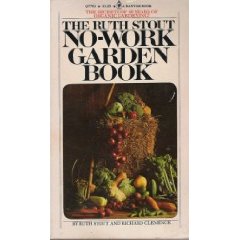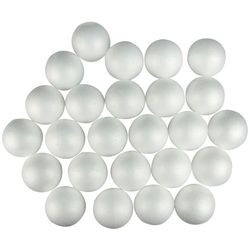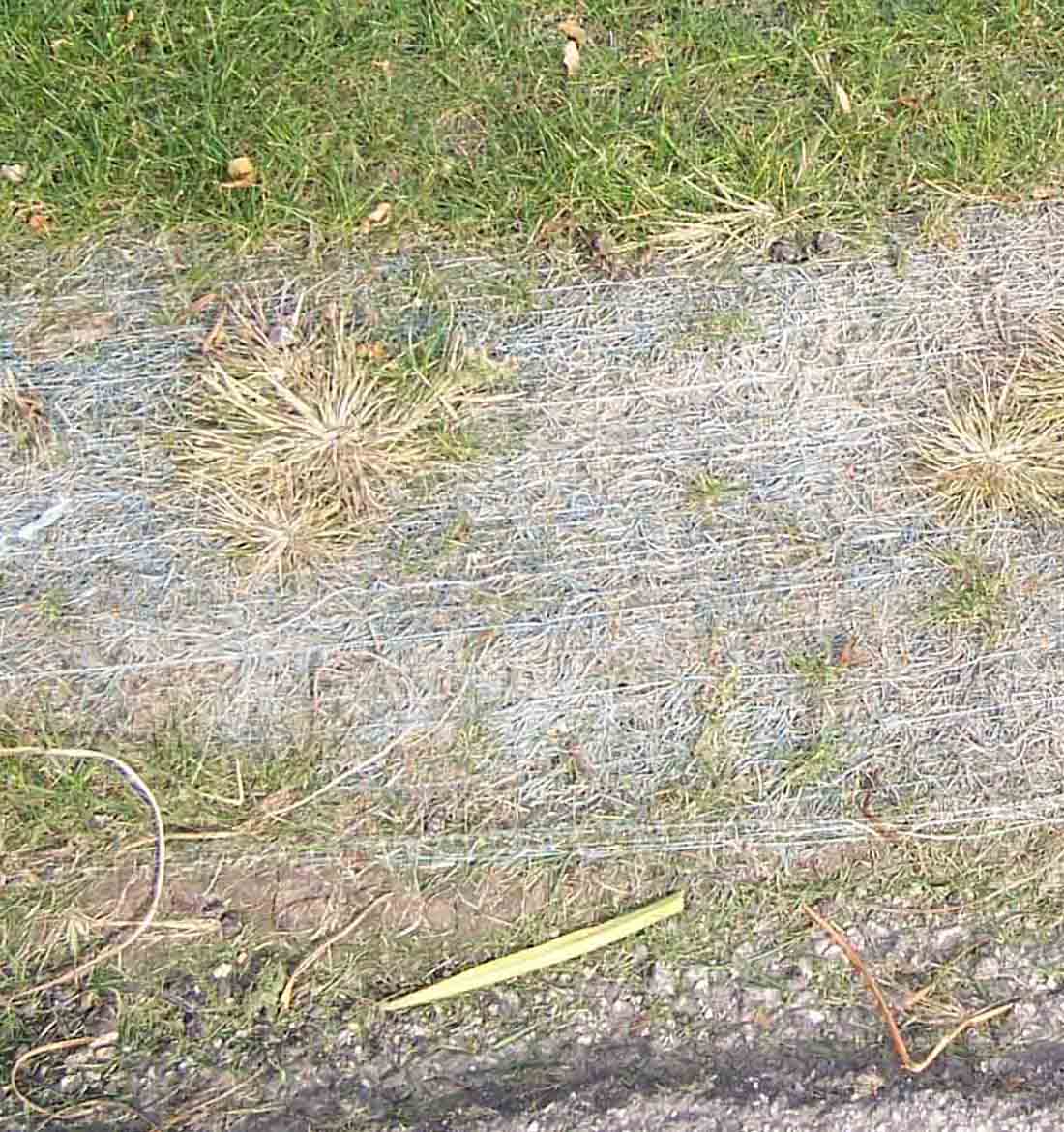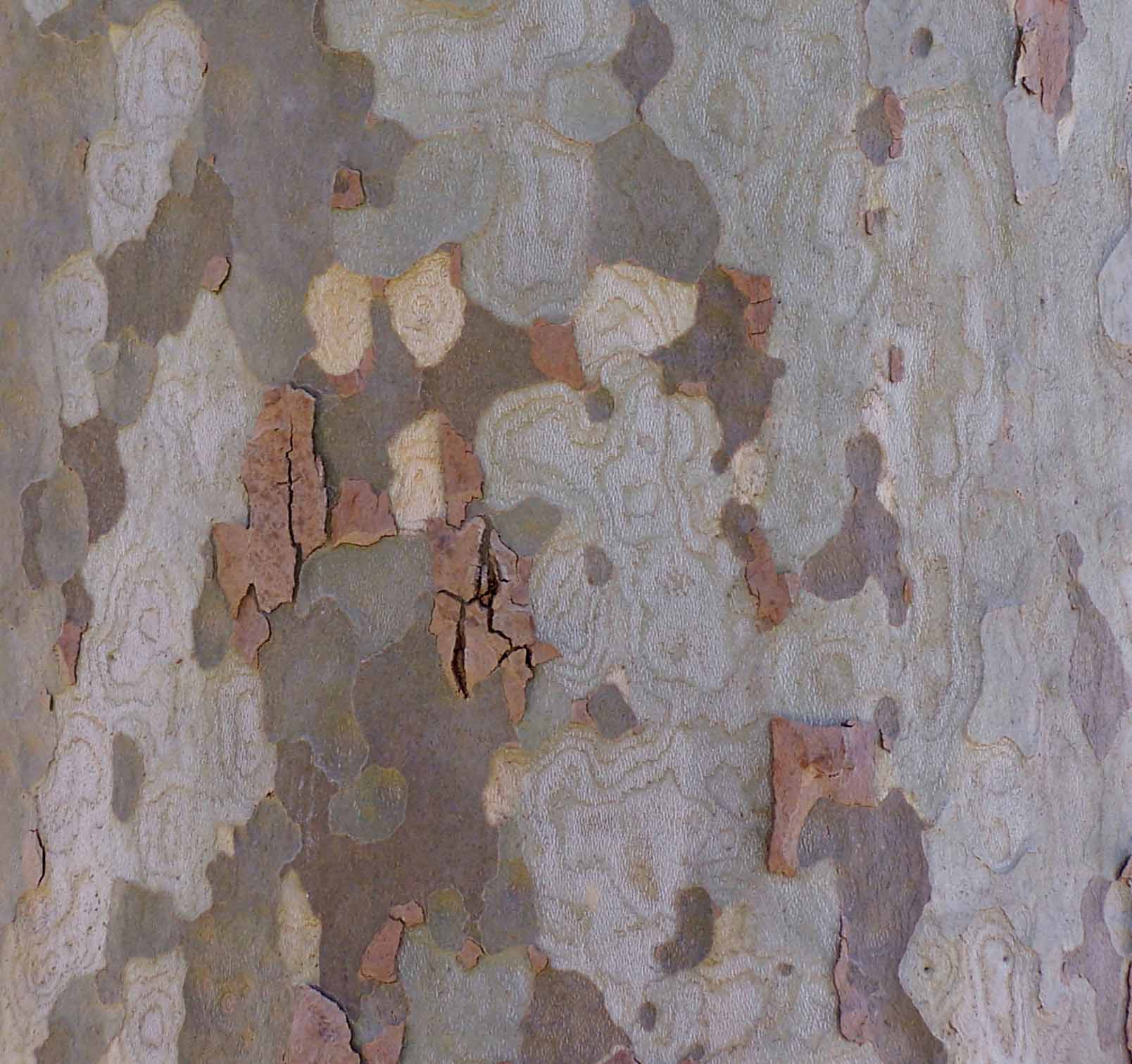I love coffee, but I’m not a big coffee drinker. On average I probably consume a cup of coffee every week or two. Why don’t I drink it more often? For a few reasons: First, I’m too jumpy/jittery/nervous to begin with and I don’t need this stuff making it worse, second, it tends to upset my stomach if I haven’t had a meal beforehand, and third, while I like regular coffee, the stuff that I really love are those insane fru-fru coffee drinks that you can only get at specialty shops for five or six bucks — which seems like a waste of money to me. As you may have guessed, at this very moment, I have an overwhelming urge for a vanilla latte and so, in lieu of that, I have decided to submit this post.
Anyway, as most of you know, coffee is a horticultural crop, and so are most of the other sources from which most of us obtain our (legal) chemical stimulants like chocolate and tea. What most people don’t realize is that the stimulants in chocolate and tea are actually somewhat different than caffeine. Chocolate does contain some caffeine, but its major stimulant is the closely related theobromine (which doesn’t actually have any bromine in it…). Tea (which also has very low amounts of caffeine), on the other hand contains the stimulant theophylline which is, again, closely related to, but not the same as, caffeine.
What blows me away about caffeine is how toxic it is. If caffeine were a pesticide it would need to be labeled as category 2 (there are 4 classes with 1 being the most toxic). Its LD50 (in other words, the amount of this chemical that, if fed to a person, would have a 50% chance of killing him/her) is estimated at about 75 milligrams per pound that a person weighs. According to Starbucks website, one of their tall vanilla lattes contains about that much caffeine, and so you could assume that a 150 pound person could kill themselves by drinking about 150 lattes (or 150 of the smaller cups of espresso from which the coffee is made). Additionally, though findings are inconsistent, caffeine has been linked to certain cancers. The current thinking is that it may affect hormone levels in the body which, in turn, influence hormone related cancers like breast cancer, etc. This research is far from conclusive, but it is concerning.
OK, so here’s the thing that’s interesting to me. There is a small but real contingent of people out there who want to ban the herbicide 2,4 D (I picked 2,4 D randomly – I could have picked Round-up, Sevin, or any other pesticide – but I was thinking of summer, and so 2,4 D, the most commonly used turf herbicide, is what I chose). I’m no fan of 2,4 D and would love to see it used less frequently than it currently is, but it is a useful herbicide, particularly in the production of grassy crops (like corn). In lawns its overuse borders on the insane.
Opponents of 2,4 D would like to see it gone, in large part, because of its toxicity and potential to cause cancer. And, indeed, there are some studies that show that 2,4 D has the potential to cause cancer, though these findings are inconsistent and ultimately inconclusive. Additionally, in terms of 2,4 D’s LD50, it’s about 170 milligrams per pound that a person weighs – over two times LESS toxic than caffeine. I’m not going to bother figuring out how much 2,4 D would be in an average glass of 2,4 D because, well, I’ve never been served a cup of 2,4 D before and hopefully I never will. (If you’re curious as to how much 2,4 D would be in a cup of spray if you scooped it right out of the spray tank — then about 50 mg is a good estimate though it could be higher or lower depending on a lot of factors).
Anyway, this leads me to a ton of further questions, the most important of which is, without doubt, do anti-pesticide activists who fear the health dangers posed by 2,4 D drink coffee?
For those of you interested in these types of questions I encourage you to look over this article: http://www.marshall.org/article.php?id=73 It is posted on the website of a conservative group (which will probably alienate some of you and make others happy) – but it was originally published a number of years ago in a well respected journal and is one of my favorite articles ever in terms of getting the old brain thinking (Please don’t get the idea that I agree with everything in the article – I do not). Bruce Ames, one of the authors, is what we call in academia a “heavy hitter” and so, even if you don’t agree with what he says, his words are well worth reading.




